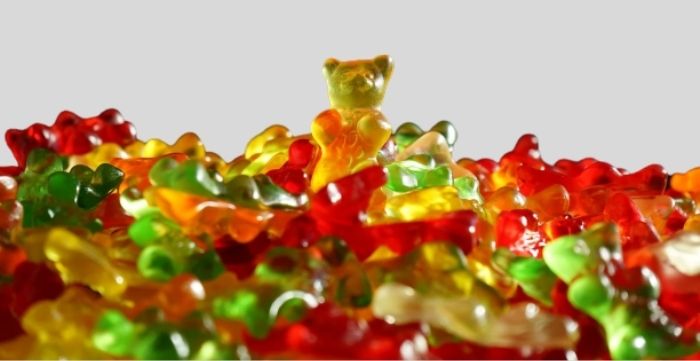
Introduction
Gummies are a favorite snack of many people all over the world. They come in dozens of flavors and textures, as well. Whether you want a simple treat that tastes good, or a CBD gummy that you can find at this site, there are a variety of options available for you to enjoy. With how popular sugar and sweets are, there is a good chance that nearly everyone reading this has had a gummy at one point or another.
However, did you know that the average gummy that you find on the market might not work with your vegan lifestyle? Well, it’s true. With more and more people taking on a vegan lifestyle, it is important to know what you can and cannot eat. But what makes these gummies non-vegan? Well, that is exactly what this article is going to look at.
Without any further ado, this article is going to look at the differences between vegan gummies and non-vegan gummies.
Vegan Gummies Don’t Contain Gelatin
The main difference between vegan gummies and traditional gummies is the absence of gelatin in vegan gummies. Gelatin is a protein that acts like an adhesive in food like jams, Jell-O and yes, gummies. It gives gummies the consistency that they have. It is flavorless, and often sold in a powder (though flavor can be added in the case of many Jell-O products).
While you might not have known this, gelatin actually comes from animals.
That’s right, gelatin comes from the skin, bones, and ligaments of animals.
These animal parts are a huge source of collagen, which has been long used as a binding agent. The parts are simply boiled down, which melts the collagen into gelatin, and then it can be added to foods. There are some alternatives from plants, but traditional gelatin is certainly very far from being vegan and it is still used throughout the industry.
Vegan Gummies Have No Beeswax
In place of gelatin, some other gummies might have beeswax in them. While beeswax is vegetarian, it is a product derived from an animal, so it cannot be included in vegan food like gummies. This beeswax is a natural type of wax that comes from the abdomen of worker bees. They normally deposit it at the hive, and the hive is where the beeswax is collected by those looking to harvest it.
The honeycomb is melted with boiling hot water, and then strained, which produces the beeswax that finds its way into several products from lip balm, to body lotion, to gummies. Beeswax helps to make sure that many types of gummies aren’t as sticky or formless as they could be. It can also help add a shiny coat to your gummies and in some cases, can have an impact on the flavor.
There is No Shellac in Vegan Gummies
When many of us think of shellac, we think of nails or the wood on our floor. It is most often used as a sealant, primer and varnish. It is what helps to provide that shiny finish on finger and toe nails, furniture, wooden floors and other things. However, shellac can also be used in candy. Shellac is used as a confectioner’s glaze, and coats everything from pills, to gummies and everything in between. So why is this product not vegan-friendly?
Shellac comes from the secretion of the lac insect, a parasitic insect found primarily in India and a few other Asian countries such as Thailand. The insect and it’s resin is precisely scraped from trees and then processed into flakes.
From there, it is dissolved into a liquid so that it can be applied to products. It forms a coat around the gummy to ensure it stays in the proper form. While things like vegetable and fruit coatings are beginning to see more use in the industry, many producers will still use shellac.
In conclusion, we hope that this article has been able to show you just how regular and traditional gummies are different from their vegan counterparts. If you are a vegan and looking to enjoy some gummies, be sure that they don’t have gelatin, beeswax or shellac in them.